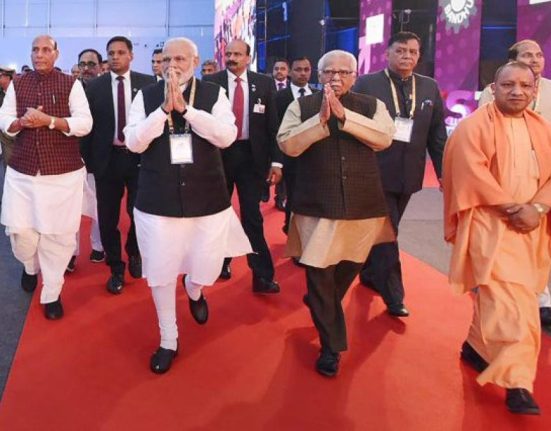
According to HSBC, reduction in GST may positively impact auto demand, though OEM-wise impact may vary
| Photo Credit:
VELANKANNI RAJ B
Global investment advisory firms have welcomed the proposed GST reform. In his Independence Day address, Prime Minister Narendra Modi had announced the proposal to reform. The Centre is expected to implement the GST changes around Diwali in October, shifting to a streamlined two-rate structure with most goods taxed at either 5 per cent or 18 per cent.
“The timing of GST reform is apt and this potential policy stimulus along with personal income tax relief ($15 billion), front-loading of rate cuts (100 bps CYTD), softer inflation (boosting purchasing power) and improved credit availability on regulatory easing should help buoy household consumption over the next 2-3 quarters, in our view,” said UBS in a note.
Morgan Stanley, in a note, said that a likely overhaul of GST tax rates, coupled with support from other measures such as personal income tax cuts, monetary policy easing, signs of pickup in job growth and improving real wages, improves the outlook for consumption and domestic demand.
Acording to UBS, the revenue loss of GST rationalisation would be to the tune of ₹1.1 lakh crore ($13 billion, 0.3 per cent of GDP) annually, ceteris paribus. For FY26, the revenue loss of ₹43,000 crore (0.12 per cent of GDP) would get offset from the surplus cess collections and higher than budgeted RBI dividend transfer (₹2.7 lakh crore versus ₹2.1 lakh crore budgeted).
“We believe GST cut can have a larger multiplier impact than income or corporate tax cuts as it directly affects consumption at the point of purchase, potentially leading to higher consumer spending,” it said.
As per the study done by the National Institute of Public Finance and Policy, GST tax multiplier is higher when compared to personal income tax multiplier and corporate tax multiplier.
According to HSBC, reduction in GST may positively impact auto demand, though OEM-wise impact may vary. Other implications to keep in mind are: EV players will face a disadvantage if taxes are reduced on ICE vehicles; some States may look to increase the road tax if GST is reduced; and this news may materially impact near-term demand, it added.
Another global major Jefferies said, GST rate rationalisation is likely to result in $20 billion savings on GST compensation for Q4-CY25, providing the required fiscal space. It sees a good chance that GST on cement, two-wheelers and air-conditioners may go down to 18 per cent (currently 28 per cent). Certain other potential reductions may include insurance, hybrid cars, processed foods, garments, footwear, etc and possible reductions on passenger cars cannot be ruled out, it further said.
As per Morgan Stanely’s sensitivity analysis, the total size of stimulus to be about 0.5-0.6 per cent of GDP on an annualised basis. CPI inflation could see downside of about 40 bps while fiscal balances of Centre and State likely come under pressure due to revenue losses; this could be partly offset by higher GDP growth improving direct and indirect tax collection. “We expect the net effect on growth to be positive as the multiplier for indirect tax cuts is nearly 1.1, implying potential upside of 50-70 bps,” it added.
According to domestic brokerage, Emkay Global Reserach, India’s GST rationalisation is growth-accretive, big-ticket reform. “We see this as a major market mover and upgrade our Nifty target to 28,000 for Sep-26, while recommending investors to play this through autos and cement.”
The second-order benefits are key: this speeds up formalisation of the economy and improves competitiveness of Indian companies, it said, adding that “we think the government should absorb the revenue loss through the higher deficit, as the growth accretion will cover the shortfall within 2-3 years.”
Published on August 18, 2025

